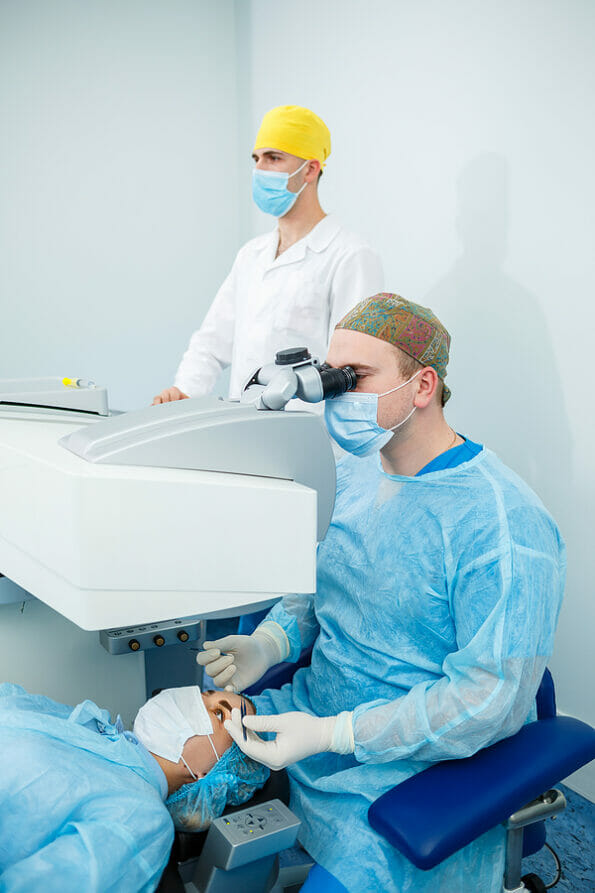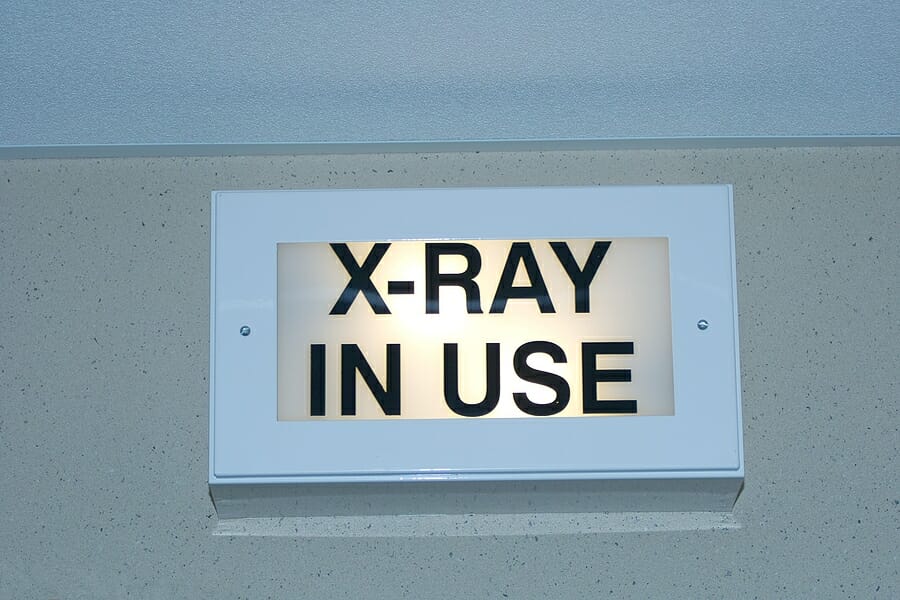One of the constants in a world of ever-changing and evolving problems and priorities is the dedication, funding and overall commitment levels from both the general public and from the government into medical progressions and developments.
Whether you are interested in booking a medical treatment, either for yourself or a loved one, in the near future, or else are simply interested in learning about such matters, then continue reading to learn of the top advances made in the following 3 medical treatments.
1. Laser Eye Surgery
Table of Contents
Laser eye surgery has been a popular option for those people who have problems with their eyesight and either cannot or simply would prefer not to wear reading glasses or bother with putting in and removing contact lenses every day.
It is also one medical treatment which has leapt forward in proverbial leaps and bounds in recent years, mainly due to the influential and innovative development of much more accurate, improved and high-tech tools and technologies.
Approved by the FDA as recently as 1995, new lasers, such as the Kremer Excimer Laser, are now designed with technology which tracks the eyes which not only improves the minute accuracy of the procedure, but also the safety of the patient.

2. Hair Transplants
One medical treatment that has seen great advancements in terms of development is that of a hair transplant, which can be offered to people for many different reasons, such as:
- Scarring on the scalp
- After chemotherapy or radiotherapy
- Baldness
- Hair Thinning
- Partial hair loss
These days, prestigious and established clinics, such as HS hair clinic, are now using high-tech equipment for hair restoration purposes, including the introduction of PRP (platelet rich plasma), photobiomodulation (laser lighting with an exceedingly accurate lighting system) and even robotics.
3. X-Rays
The humble x-ray is another medical procedure and part of the treatment of a patient which has been around for a significantly long period of time, but along with the modernization and development of computers and computing technology, digital x-rays revolutionized the treatment.
There is a host of advantages to the mainstream use of digital x-rays over traditional ones including, but not limited to, the following:
- Digital radiography has a much faster processing time and the images produced can be viewed instantly
- The use of digital x-ray technology can be carried out with a minimum amount of prior timing
- It is far easier for medical professionals to share digital x-ray images than traditional ones as they are already stored on the system in the correct format
- Not only are digital x-rays easier to share, but they are easier to record and organize, leaving virtually no room for error or misplacement
- Digital radiography affords the surgery or hospital the ability to not have to fork out for a host of additional resources, such as chemical solutions, in order to develop and review the image
- The digital x-ray means it is highly unlikely that the process of the x-ray itself will go wrong and the exceedingly thin margin of error means the patient is not only inconvenienced but also is not exposed to too much DDR
Image Source: BigStockPhoto.com (Licensed)
Related Categories: Health, Reviews, Tech








